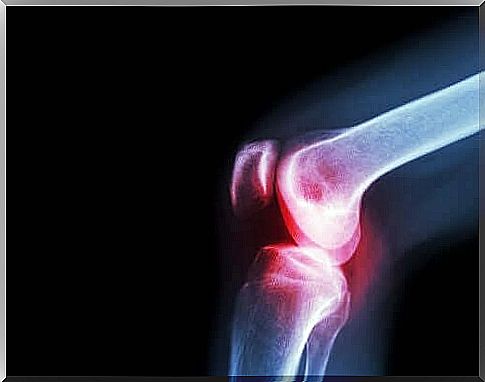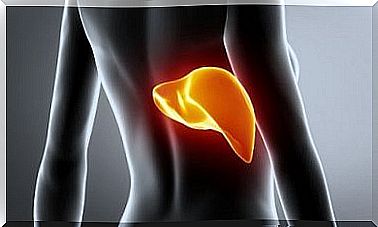Lupus: Interesting Facts About Butterfly Erythema
Lupus erythematosus, also known as butterfly erythema, is one of the most common autoimmune diseases. Find out more about it today.

Thanks to an initiative of the World Lupus Federation , World Lupus Day commemorates this disease, which affects many people, on May 10th every year. The aim is to remind governments and other funding sources of the importance of research on this currently incurable disease. But not only this special day should draw attention to lupus erythematosus or butterfly erythema .
The most common form is systemic lupus erythematosus, a disease that women are significantly more likely to develop than men. It is estimated that around 90 percent of those affected are women, with African-American women particularly likely to suffer from it.
There is insufficient research into the causes of lupus erythematosus, but it is known that it is an autoimmune disease and that certain triggers are causing the symptoms. These include sunlight, infectious diseases, and certain medicines.
The classic symptom of this disease is a butterfly-shaped reddening of the skin on the face after exposure to the sun. Hence the name butterfly erythema or butterfly disease. Those affected must therefore be very careful in the sun and protect themselves with a correspondingly high sun protection factor.
Butterfly erythema: symptoms
Even with early detection of this disease there is no cure, but the chronic complaints can be better treated to reduce acute outbreaks.
The symmetrical, butterfly-shaped facial redness that spreads over the nose, cheeks, and forehead is persistent. This symptom can also manifest itself on the limbs or trunk.
Joint pain is also characteristic of lupus erythematosus. These are caused by arthritis, which is caused by the body as a result of this autoimmune disease. The development of arthritis usually alternates between acute attacks and pain-free phases.
Almost 90 percent of the patients also suffer from very severe fatigue. It is difficult to objectively measure this symptom. Specialists use questionnaires on quality of life to assess the patient’s quality of life. A wide variety of factors play a role here. For example, joint pain and sleep disorders associated with lupus often trigger exhaustion.

Other types of lupus
In addition to the classic variant, the butterfly erythema also manifests itself in other, less common types. As mentioned earlier, systemic lupus erythematosus (SLE) is the most common and common form, but there are others that are often difficult to diagnose.
For example, we can mention the following types:
- Neonatal lupus erythematosus: If the mother has lupus erythematosus, she can transfer the antibodies to her child and these then attack the baby. It can be a very serious problem that can cause heart trouble.
- Cutaneous lupus erythematosus: In this case, the symptoms are mainly concentrated on the skin. The patients usually do not have arthritis and there are no complications with other organs. It is a localized type of lupus that is highly dependent on exposure to the sun.
- Lupus erythematosus as a side effect: Certain drugs can also cause butterfly erythema , but in this case it is an undesirable side effect and not necessarily a disease.
Butterfly erythema: treatment
Lupus can cause mild symptoms, but it can also be serious. Early treatment is essential to control this disease. We have already mentioned that there is currently no cure, but various therapies can alleviate the symptoms and bring the disease under control.
For mild forms , patients are given oral anti-inflammatory drugs and specific ointments to treat the butterfly-shaped rash. Some patients can relieve their symptoms with hydroxychloroquine, which is also used in malaria. There are also new biological medicines like belimumab that can help.
In severe cases, anti-inflammatory drugs are also important, but flare-ups are more common when treated with cortisone. Specialists usually give patients azathioprine and cyclophosphamide (immune regulators).
Living with lupus erythematosus: a daily challenge
Lupus erythematosus severely affects the quality of life of those affected. Pain, skin reactions and extreme tiredness hinder everyday activities. This is why research in this area is particularly important in order to develop new drugs that can better help those affected and improve their quality of life.









